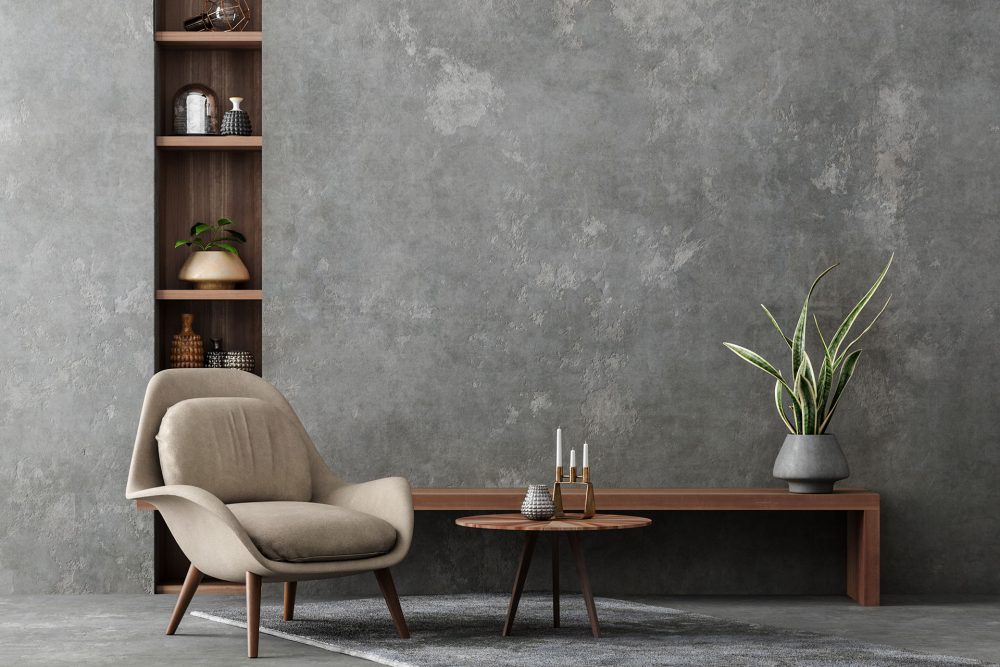Fabrics and the hotel experience

Main topic at the Milan press conference for the presentation of PROPOSTE, World Preview of Furnishing Fabrics and Curtains set for 4-6 May 2011 in Cernobbio (Como Lake), was: “Hotels without fabric ?” Introducing the topic, Mr Mauro Cavelli, President of Proposte, pointed out the idea of investigating the relationship between hospitality, hotellerie and the use of textiles. For a long time in the past, affluent travellers crossing Europe in their ‘Grand Tours’ were hosted in hotels where gorgeous furnishings tried to reproduce the atmosphers they has left at home and therefore textiles used to play the lion’s share. Times have changed and today, “making us feel at home” seems to have been replaced by “the hotel experience”.
More than of evolution, we could speak of revolution, and the authors of this revolution are the architects who, according to Gillo Dorfles, modify the backbone of the landscape and make our eyes accustomed to new decors and new colours. In other words, each time we enter an hotel room we are ready to live a new experience, or at least we are ready to accept a different one. Michele Bonan, a Florentine architect, says: “In today’s world, monuments are no longer just churches. There are hotels that possess great charm and should be visited just as if they were monuments.” Marco Piva, a most experienced architect in the field of hotellerie, asks a question: “Will I go in that hotel to sleep or to dream?”.
And the answer is: to dream! Let’s take, for example, the five-star Byblos Art Hotel Villa Amistà near Verona, recently renovated by Alessandro Mendini, where the addition of playful and ironic furniture in bright colours are in audacious contrast with the somptuous architecture of the 16th century Venetian Villa. The role of fabric in today’s hotellerie has been discussed in the light of cutting edge projects presented by three major achitectural studios boasting a longlasting international expertise in hotel design.
Fabrics speaking methaphorical languages
Latest hotel design projects seem to indicate thatnowadays fabrics are expected to speak a methaphorical language. They have to express the value of tradition, closely refer to the local cultural roots of Genius Loci, and communicate through their textures, colours and decorative elements. They have to be natural, evokative and fancyful, as well as offer advanced technological performances. Mixing shine and matt, smooth and rough, cold and warm is a must. “Touch and feel” elements are a not-to-be-missed option, as well as safety and hygenical requirements. In other words: “Atmosphere alone is not enough”.
Missoni sartorial hotels
Basic idea of the ‘HOTEL MISSONI’ project presented by Rosita Missoni is: “to make the client feel good”. This is a cross-fertilization project, where a high sense of hospitality is deeply rooted inside the concept. Looking at Missoni’s brand as a starting point, each hotel architecture is developed as a sartorial work, where textiles are the core of the project. Hard surfaces are hardly to see and – if any – they are given textile patterns, too. Colours are closely linked to the spirit of the location. Bright colours are always a good solution when the light of sun is lacking but, basically, strong colours and colourful patterns are the true soul of all hotel textiles, as it has always been true for all Missoni’s fashion collections.
Textile buildings are here
Textile architecture for contract and hotellerie was the topic presented by Alessandra Zanelli (Polytechnic University of Milan). According to Zanelli, the sector of technical textiles is recording a constant increasing trend and it accounts for 23.5% of the whole European (EU-15) textile production in volume. The building industry absorbs 15% of total production of tech-textiles. On the other hand, data concerning the European production of traditional textiles show an ongoing decreasing trend in the last years, due to the globalization and liberalization of the international trade of textiles.
Thanks to technological transfers among different industrial sectors, today’s innovative textiles find new applications in the construction industry, such as: structural textile beams, textile ceilings and partition walls for easy space reconfigurations, thermoregulated/insulating/lighting walls, recycled textiles, not to mention buildings featuring textiles walls, particularly suitable for schools and children’s game areas. Ending the press conference, Silvio Faragò (Milan Silk Sperimental Laboratory) gave a comprehensive presentation of new generation textiles, with special focus on coating treatments, 3D structures, bio-medical and smart textiles, innovative textile engineering.
Conclusions
Hotel is a construction typology of that kind, which makes of permanent innovation and constant quality improvement a profitable investment and an opportunity of success. The use of textiles for hotellerie cannot be limited to a role of a fashionable furnishing accessory, but is has to respond to high-demanding architectonic requirements and advanced performing standards. Hotels can be dressed “ouside” with textile facades, sun-protecting systems and curtains, as well as “inside” with smart, light, dynamic and innovative applications of fabrics and textiles, able to be surprisingly attractive as well.